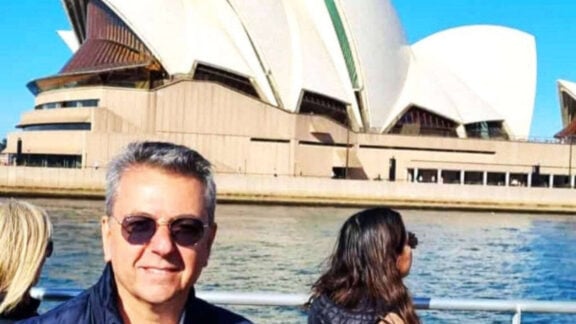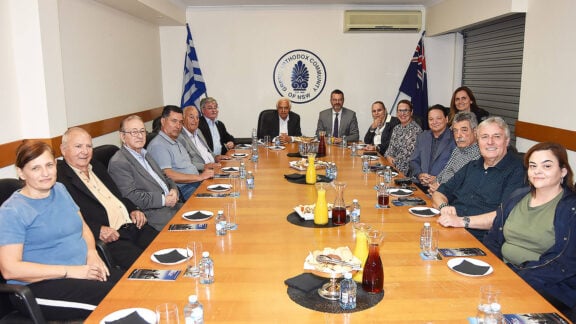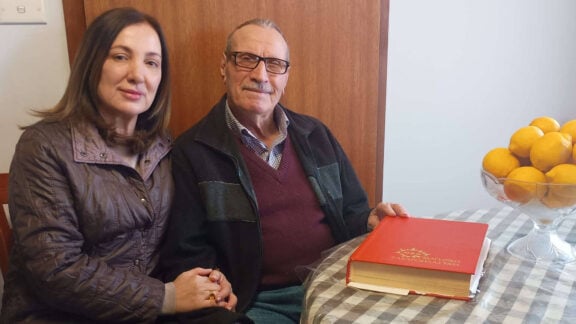Twelve months ago as I was planning my relocation to Canberra, Sydney was in lockdown, and getting into Western Australia was harder than the magic pathway to Narnia. The army was patrolling the streets of Western Sydney and local leaders like Liverpool Councillor Nathan Haggarty were making Instagram videos attempting to explain to the local community the complexity of Sydney’s lockdown laws.
The roller coaster
While many of the restrictions where necessary, other dimensions verged on the ludicrous. For example, after spending months in lockdown in Sydney, we still had to quarantine for two weeks when we arrived in Canberra. Likewise, when someone had to get a PCR test, they were required to isolate until the results came through even if they showed no symptoms – acting as a perverse disincentive to avoid getting a test.
There was also some very confused messaging from both political leaders who spoke with an unwarranted confidence. This included from having to isolate in the most casual of contacts, to then close contact being in someone’s company for four hours. We went from zero tolerance, to mitigation, to learning to live with the virus.
Confusion was aggravated by different medical officers with contradictory opinions and suddenly Australia had hundreds of epidemiologists all with something to say – and no one was sure exactly where they came from.
Today, we seem to have adopted a liberal model closer to some of the Republican Governors in the United States.
Lessons from COVID
In early April, Paul Ramsay Foundation, Minderoo Foundation and the John and Myriam Wylie Foundation announced a review of Australia’s response to COVID which will be chaired by Professor Peter Shergold.
The review, amongst other things, is seeking submissions form the public and asking questions like:
- What impact did the pandemic have on you and your community?
- What worked well, and what didn’t work well, in governments’ policy responses to reduce the impact of the pandemic on you and your community?
- What should be done now to better prepare for the next health crisis?
One fundamental area that must be addressed is the way our various governments and health leaders communicated with us.
Three fundamental errors
The first failure engagement with Australia’s complex cultural diversity. Many sectors of our community do not trust government and their official spokespeople. Communication at the grassroots level should have been community leaders including those from religious and culturally and linguistic diverse backgrounds as well as news media such as this one.
These people not only have the knowledge of how best to communicate with their constituents but are the ones that are most trusted. If a local community member goes to their local doctor, religious leader or councillor and asks them what is going on, the answer they present should not be, ‘I don’t know.’
The second was to make out that the virus was going to be ‘defeated’ through lockdowns. There was a sense that once the first round of lockdowns where completed, then the virus would disappear. While much of our experience was unprecedented, there were also lessons from history that would have guided us to understand the complexity of what we were dealing with.
This is a strategy known as ‘anticipatory guidance’ and involves telling people what to expect. It is fundamental in crisis communication because knowing what to expect helps people prepare, emotionally as well as logistically, and limits risks of rumours and misinformation.
The uncertainty alone should have limited some of the over confidence in defeating the virus. Further, an open and honest discussion with the Australian public would have shaped expectations and not led to the high level of frustrations that resulted in so much backlash.
The third error was ‘fake consensus’ resulting in journalists and other non-experts (even non-experts within public health) developing a misimpression of expert consensus. In highly uncertain crisis situations, such fake consensus is harmful as we cannot communicate the uncertainty nor give policymakers room to consider different positions.
This is not about the contradictory positions communicated above, but again about honest and brave conversations with the public. Two politicians speaking with certainty while contradicting each other creates fertile ground for conspiracy theories.
And here comes Monkeypox
The idea of a disease called ‘Monkeypox’ is freaking me out. The message I am getting is one that this may be worse than COVID.
However writing for The Atlantic this week Jerusalem Demsas, argued that the messaging on Monkeypox is deeply flawed because officials seem unwilling to have the honest and brave conversations with the public, that we need.
Demsas notes that a recent update from the World Health Organisation (WHO) found cases in newly afflicted countries have mainly been among “men who have had recent sexual contact with a new or multiple male partners…” and, in “Europe, just 0.2 percent of the men who have gotten the disease identify as heterosexual.”
Despite this data, most public-health messaging on Monkeypox makes it sound that all populations are similarly at risk of contracting the disease.
Demsas point is not that not being honest about those who are at risk both opens up opportunities for misinformation and diverts money and attention away from the communities that need it the most.
Yes, there is a risk of stigmatising a population, but the bigger risk is diverting away resources that could be protecting them. If we have learnt anything from Covid it is that the public are rightfully sceptical of governments who must earn their trust.
Unless we have open, honest, and brave conversations, not only will trust be lost, not only will rumours hold, but we will see another public policy failure.
Professor James Arvanitakis is an Adjunct Professor at the Institute for Culture and Society at Western Sydney University, a Fulbright alumnus, the Patron of Diversity Arts Australia, and has recently founded Respectful Disagreements.









